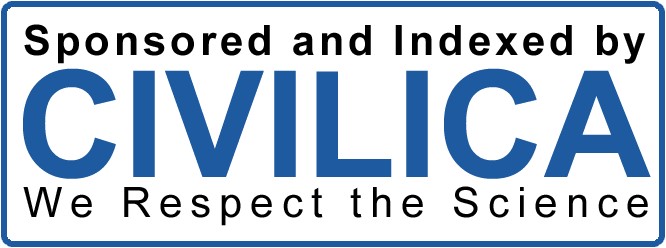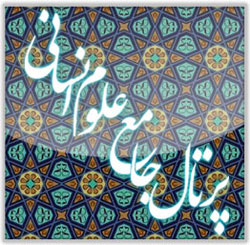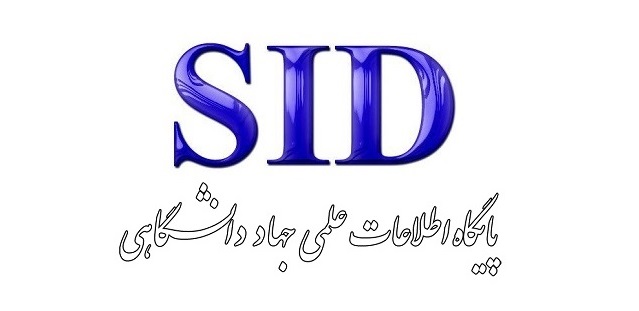Foundations and Examples of Leniency Institutions in the Islamic Penal Code
Keywords:
Leniency institutions, suspension of sentence, reduction of punishment, Islamic Penal CodeAbstract
The implementation of leniency institutions is one of the modern achievements of criminal sciences in response to criminal phenomena, and its effective application requires the establishment of legal frameworks and the shaping of an optimal model for these institutions. This study, conducted using a descriptive-analytical method with the aim of identifying legal scholars' perspectives on criminal policy in utilizing leniency institutions, also addresses the main question: What is the status of leniency institutions in the criminal policies of Iran and France? The results revealed that the status of leniency institutions has been established in both Iran and France; however, in France, the issue progresses with the priority of reducing imprisonment and revolves around dialogue between the victim and the offender. In contrast, in Iran, it predominantly focuses on the suspension of prosecution and the halting of investigations, which in some cases also leads to the elimination of prison-related measures. Additionally, one of the operational challenges of leniency institutions is that the legislator, without considering the existing resources in society for implementing the laws, enacts laws, regulations, and guidelines. This is while there must first be the means for enforcement, and only then should laws and regulations be enacted in accordance with the available resources. Therefore, in areas such as preserving human dignity for individuals unaware of the law and enacting laws to guide offenders away from passivity and towards reducing imprisonment, measures can be proposed to overcome challenges in this field.
Downloads
Published
Submitted
Revised
Accepted
Issue
Section
License
Copyright (c) 2024 Saleh Najafpour (Author); Abbas Tadayyon (Corresponding author); Mohammad Jafar Saed (Author)

This work is licensed under a Creative Commons Attribution-NonCommercial-ShareAlike 4.0 International License.








